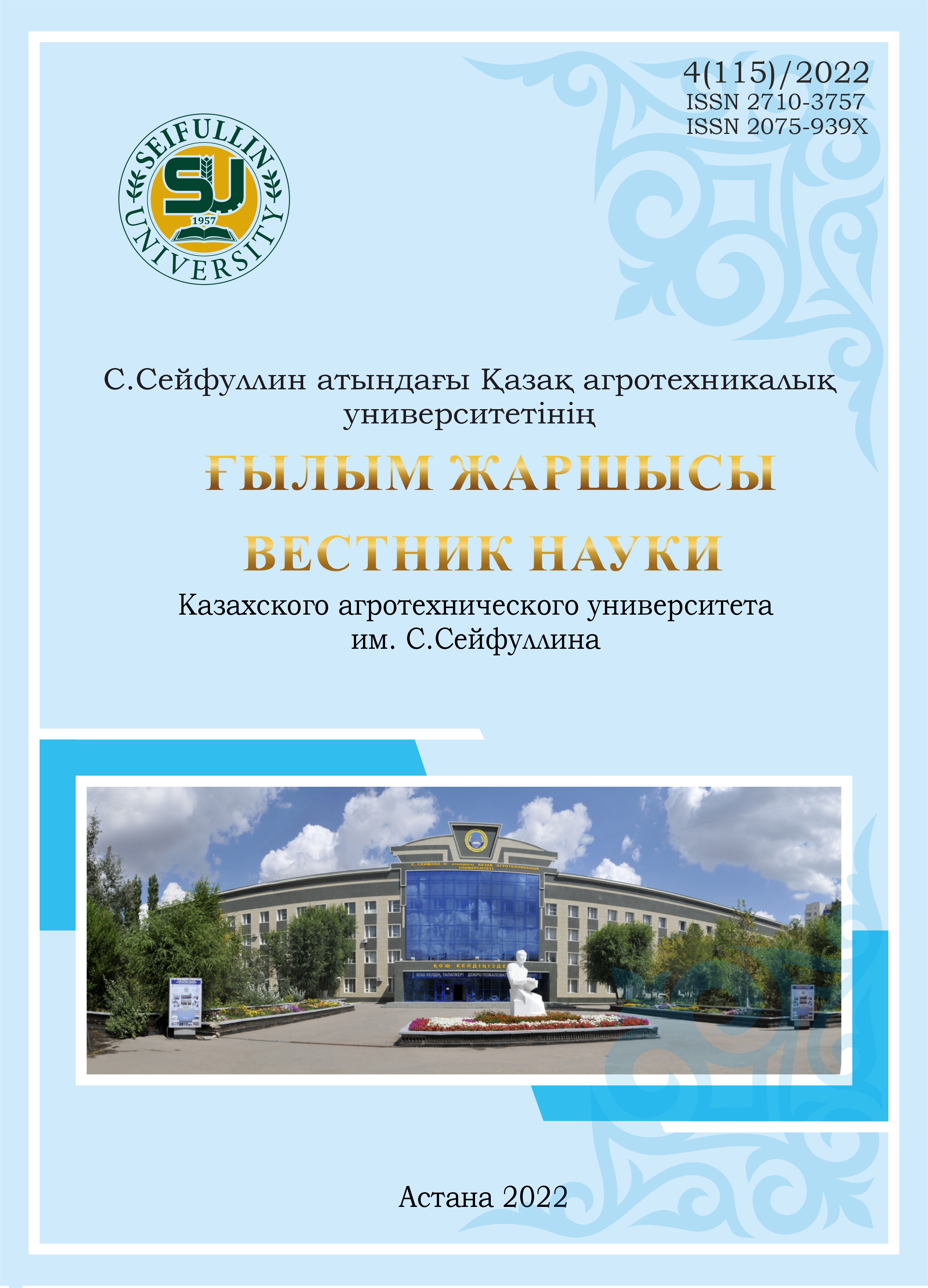THE STATE OF POLLUTION OF BOTTOM SEDIMENTS THE CASPIAN SEA FROM OIL PRODUCTION IN KAZAKHSTAN
bottom sediment; macros; analysis; investigations; heavy metals; macrozoobenthos.
DOI:
https://doi.org/10.51452/kazatu.2022.4.1268Keywords:
bottom sediment; macros; analysis; investigations; heavy metals; macrozoobenthos.Abstract
The present study was an attempt by the authors to identify the impact of oil production carried out in the Caspian Sea on the quality of the surrounding oil and gas production platforms of the aquatic environment. In the period 2019-2021, comprehensive marine studies were conducted to assess the state of biological resources. The licensed area of the Caspian Sea deposits was selected as the object of research. All studies were conducted according to standard methods accepted in international practice. The samples were collected in summer (July‐August) and autumn (September). By analyzing the materials of environmental studies, it was established that there were no concentrations of biogenic elements in seawater in excess of the normative indicators. It was found that concentrations of petroleum products were exceeded in the water at several stations in summer and autumn. The concentration of pesticides in the water of the Caspian Sea in 2021 was not detected. It was found that in the tested regions in 2021 there was no concentration of biogenic elements in seаwater above the normative indicators, i.e. the amount of metals was fundamentally stable and basically slightly different. Fluctuations in the concentration of most of the metals found indicate variability depending on the time and moment of the year, precipitation is mainly influenced by the mosaic characteristic of sedimentary rocks. Emissions from the accumulation of heavy metals correspond to the data of long-term observations and are characteristic of the north-eastern part of the Caspian Sea. The largest biomass is occupied by macro-fruit nutrient structures in the lower Kairan deposit, which is due to an approximately equal share of mollusks and worms in the total biomass. In other places, the biomass of macros issmall and consists mainly of worms, snails or crustaceans.

